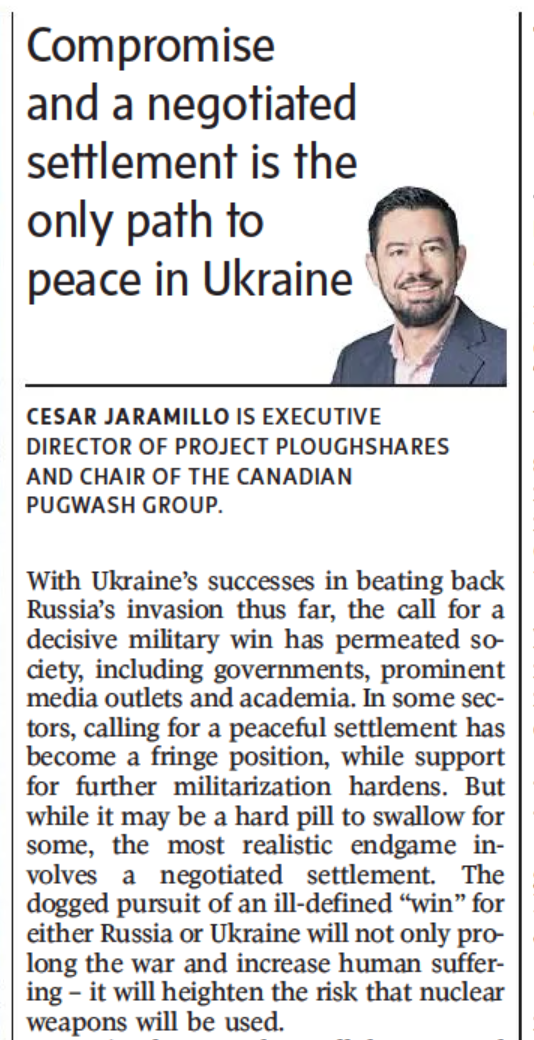Canadian Pugwash Peace Table for Ukraine and Russia: reports

By Ernie Regehr
Though their land is devastated by war, what many Ukrainians fear is an early ceasefire. As deep as the desire to silence the guns may run, it is hard to get past the understandable suspicion that a ceasefire now would launch a settlement process that would reward aggression and ignore the full sovereign rights of Ukraine. Would the front lines of the fighting simply be converted into de facto boundaries – enshrining injustice, rather than restoring peace?
That fear defines the central challenge facing advocates of an early ceasefire, but those doubling down on the war effort – whatever-is-needed-for-as-
It’s a devil’s choice, and Ukrainians, not those of us who watch from afar, are fated to make it. But while the international community must respect their choice, it also has a duty to be as vigorous and determined in pursuit of a just peace as it has been in support of the right to self-defence.
The likelihood of either side in this brutal war ever being in a position to dictate settlement terms to the other is remote, and that means negotiations are inevitable. And it is a dereliction of duty not to be getting ready for the inevitable. Readiness is as important to negotiating peace as to fighting a war. Middle power states like Canada, while overtly supporting Ukraine, or like Brazil, a BRICS partner to Russia that has remained neutral on the war and supports negotiations, should proactively be launching a peace commission or forum dedicated to doing groundwork for a peace process for when the conflicting parties finally reach that point.
Experts and representatives from the parties to the conflict, joined by experts in peace processes and diplomacy, could through such a forum be in permanent session investigating the possibilities – for example, assessing the parties’ openness to exploratory dialogue, developing settlement options, testing their viability, making an inventory of credible negotiating ideas and proposals available to the parties. If the warring parties were not yet ready to participate through official representatives, informal representation in a Track 2 diplomacy model would still be an important start for addressing questions that won’t be resolved on the battlefield.
Even substantial battlefield success for Ukraine would not settle the governance and sovereignty questions that so infected it in the years before the overt invasion. Are the Minsk proposals for semi-autonomous self-governing regions under the Ukrainian constitution in rebel areas still relevant? On the eventual status of Crimea, could a participatory process be devised to explore long-term settlement possibilities?
The battlefield is also unlikely to yield any insights into how apost-war Ukraine might effectively navigate its position on the strategic fault line between Russia and NATO. While the neutrality commonly proposed before the 2022 invasion has been rendered passé by a war that has clearly driven Ukraine to the western side of that fault line, Ukraine cannot escape its neighbourhood and the need for stable relations with next door Russia. Redefining and restructuring the Ukraine-Russia relationship would thus be another issue to be usefully explored by a peace commission or forum.
And there is broad acknowledgement that the international strategic order will not be stabilized after the war without a new modus operandi among the United States, NATO, Russia, and ultimately China. Russia came to the present disastrous war with genuine security grievances. None of those in any way justified invading Ukraine, but future stability requires that they too be addressed.
The current response of most Western states to the aggression on Ukraine is essentially to send weapons to the battlefield and then sit back to see what war brings – and what it brings is ongoing death and destruction and the promise of more of the same, along with little hope for a decisive, never mind just, outcome. But it’s not too late for the international community to get focused on trying to understand the conditions for an early, just,and durable peace. Peace is not a byproduct of war, it has to be deliberately constructed.
Ernie Regehr is author of Disarming Conflict: Why peace cannot be won on the battlefield (Between the Lines) and co-founder of Project Ploughshares. He recently moderated an international panel sponsored by the Canadian Pugwash Group, which included Russian and Ukrainian speakers/participants.

 OPINION
OPINION
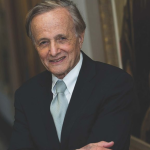
 The Journal of Peace and Nuclear Disarmament has published Paul Meyer’s lecture at the November 2022 Canadians for a Nuclear Weapons Convention/Centre for International Policy Studies event in Ottawa:
The Journal of Peace and Nuclear Disarmament has published Paul Meyer’s lecture at the November 2022 Canadians for a Nuclear Weapons Convention/Centre for International Policy Studies event in Ottawa: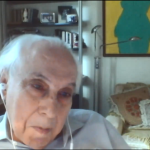

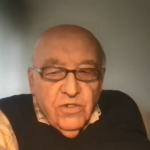
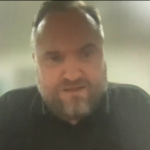
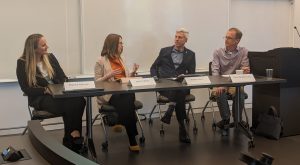
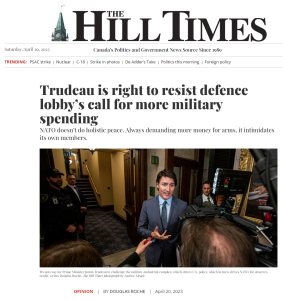
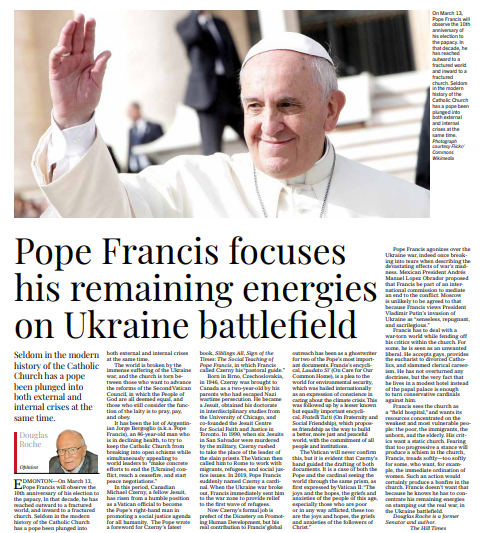 The Hill Times
The Hill Times